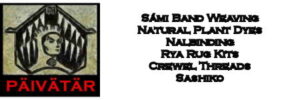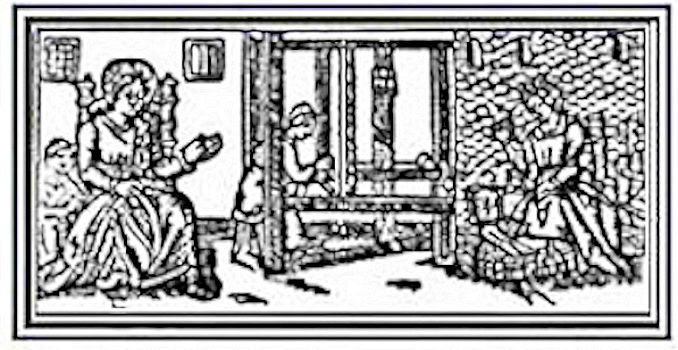Natural Indigo can be purchased as a ground powder or in cake form that needs to be ground into a fine powder before using. There are a few methods on how this can be done.
Natural Indigo can be purchased in ground powder form or in small squares known as ‘cakes’. The Indigo cakes are quite soft, so often when you purchase them, the cakes have broken, so can be in irregular shapes.

Indigo cakes are made by harvesting the indigo leaves from plants. The leaves are soaked in water and left to ferment overnight. The green extract is then agitated and oxidized by stirring and stomping for several hours until a blue concentrate is formed. The indigo concentrate is then boiled to evaporate the excess water. The indigo is then pressed into a slab and left to dry. The slab is later cut into small squares known as ‘cakes’.
In Indigo dye workshops that I have taken, I was taught to grind the indigo cake into a fine powder before using in an indigo dye vat. To grind into a powder, a mortar and pestle can be used, and the indigo is pounded until it becomes a fine powder. I find that the process of grinding and pounding can be a bit messy, with fine indigo flying through the air and often into your nose. It is advisable to wear a mask, in addition to gloves.

Another method of breaking up the indigo cakes is to place the Indigo into a glass jar with some marbles. Add some water and shake the jar until the indigo breaks up into small particles.
To fully reduce the indigo and avoid waste in the dye vat, the indigo must be ground to a very fine powder. The particle size should be small so that it does fly through the air. This can be difficult to do. There are often small lumps left in the mixture that do not reduce, leaving a lot of indigo sediment in the vat that is wasted.
A method that I prefer to use is to place the indigo lump into a small mesh bag and place the bag into a small glass jar or plastic yogurt tub. Add about 1/2 cup of warm water to the tub. Let the bag of indigo soak in the water for an hour or two.
Wearing plastic or rubber gloves, gently rub the bag with your fingers. The indigo will dissolve and small particles will disperse through the mesh into the water. Keep soaking and rubbing the bag occasionally until all of the indigo has dissolved. The Indigo paste is now ready to be added to the dye vat.
More about Indigo Dyes
The Process Indigo from Plant to Paste
Indigo Fructose Dye Vat
Safety of Auxiliary Chemicals for Indigo
Shop for Natural Dyes at Paivatar.com



 LONGTHREAD MEDIA VIDEO
LONGTHREAD MEDIA VIDEO
 LONGTHREAD MEDIA SUBSCRIPTIONS
HANDWOVEN MAGAZINE
PIECEWORK MAGAZINE
SPINOFF MAGAZINE
LEARN LONGTHREAD MEDIA
PAIVATAR HANDMADE
LONGTHREAD MEDIA SUBSCRIPTIONS
HANDWOVEN MAGAZINE
PIECEWORK MAGAZINE
SPINOFF MAGAZINE
LEARN LONGTHREAD MEDIA
PAIVATAR HANDMADE
 Paivatar on YouTube
Visit my YouTube channel for how-to craft videos.
Paivatar on YouTube
Visit my YouTube channel for how-to craft videos.
Or Please visit my Channel on Rumble for more how-to videos.
https://rumble.com/Paivatar
LIVE STREAMS - Paivatar Studio
KICK
TWITCH MAKERS&CRAFTING
YOUTUBE
Categories: DYES






